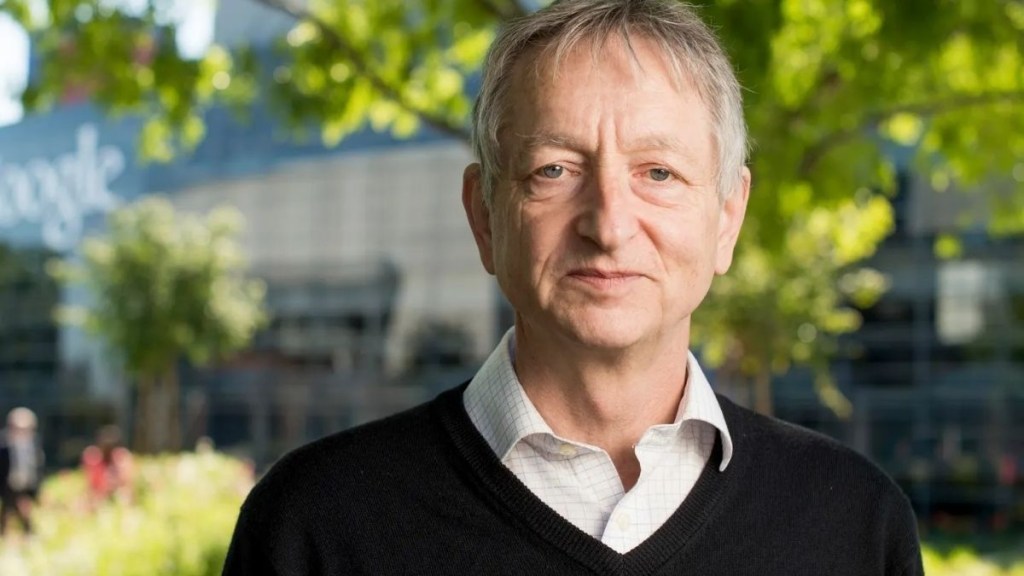In a comedic and rather ironic turn of events, AI legend Geoffrey Hinton, often called the “Godfather of AI,” revealed that his former girlfriend used a chatbot to break up with him. This information, shared during an interview, has sparked wider discussion about the growing role of AI in our most human and emotional interactions.
How did Breakup via Chatbot happen?
During an interview, Hinton, a British-Canadian computer scientist known for his foundational work on neural networks, shared that his ex-girlfriend turned to an AI chatbot to explain why he had been “a rat.” She then presented him with the chatbot’s detailed response, which criticized his behavior. While the incident is humorous on first glance, it highlights a fascinating new reality. Even for the man who helped create the technology, there’s no escaping the influence of AI. Hinton, for his part, seemed unfazed by the robotic rejection, noting, “I didn’t think I had been a rat, so it didn’t make me feel too bad.”
AI in Relationships: A Growing Trend?
While a breakup letter written by an AI seems strange, it may be a sign of things to come. People are already using chatbots for a variety of personal tasks, from drafting professional emails to seeking advice. For younger generations, using AI to navigate difficult conversations, like breakups or uncomfortable discussions, is becoming more common. This trend raises questions about the future of human connection. If we rely on AI to communicate our most sensitive feelings, are we losing the ability to have meaningful, face-to-face interactions?
The Irony and Broader Implications
The story of Geoffrey Hinton’s breakup is a powerful example of how artificial intelligence is moving from the lab into our daily lives, influencing even our relationships. The man who has warned about the potential dangers of AI is also one of the first to experience its more mundane, yet deeply personal, impact. This incident serves as a reminder that as AI becomes more integrated into society, we will need to consider its ethical and social implications on a much deeper level, especially regarding how we communicate and connect with one another.








